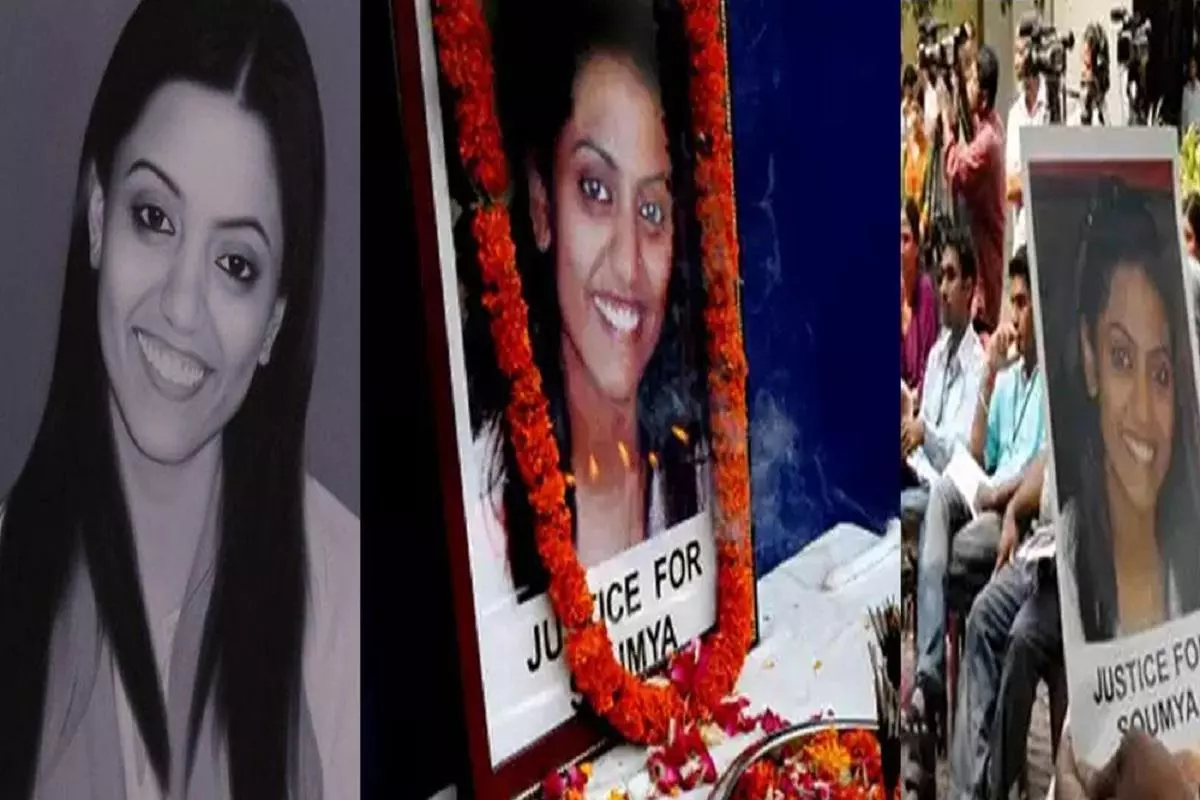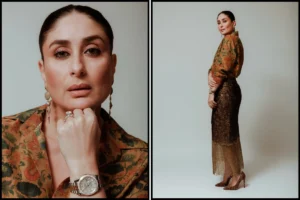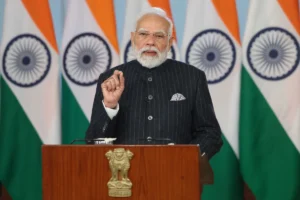
Soumya Vishwanathan Muder Case
On September 30, 2008, Soumya Vishwanathan, a 25-year-old journalist working as a news producer at Headlines Today, had no idea that her routine drive home would turn into a tragic and fateful night. She had stayed late at the Jhandewalan office to assist with a breaking news event. With her work completed, she left the office at an unusual hour, 3:03 am, and headed towards her home in Vasant Kunj. Little did she know that this drive would be her last, as a late-night robbery attempt would brutally cut short her promising life.
Yesterday, A Delhi court convicted five men in the 15-year-old Soumya Vishwanathan murder case. Among them, four – Ravi Kapoor, Amit Shukla, Baljit Malik, and Akshay Kumar – were found guilty of murder and loot. The fifth individual, Ajay Sethi, was held guilty of aiding and abetting the others in their heinous act.
Tragic Sequence of Events
On the night of the incident, Soumya Vishwanathan overtook a car occupied by the four convicts, as revealed by police officers who investigated the case. It was at this point that the perpetrators, noticing that she was alone in her car, decided to follow her. They attempted to intercept Soumya’s car, but she refused to stop. In a horrifying turn of events, Ravi Kapoor fired a shot at her with a countrymade weapon, which tragically struck her in the head and took her life instantly. The car collided with a divider on Nelson Mandela Marg, close to her home, and came to a halt.
After committing this heinous act, the assailants fled the scene. However, they returned 20 minutes later to check on the victim’s condition. When they noticed the presence of police personnel, they fled again.
Around 3:45 am, a passerby, an employee of a nearby restaurant cycling home, saw Soumya in the car with the headlights and engine still on. He stopped a few vehicles and promptly called the police. Soumya was rushed to AIIMS, but tragically, she was declared dead. During the investigation, it was revealed that Soumya had called her father around 3:15 am to inform him that she was on her way home. In less than half an hour, she had lost her life.
Police later found her phone and wallet in the car.
Challenging Investigation
The investigation into this tragic case was led by the police from Delhi South district, under the guidance of HGS Dhaliwal, who now serves as the special commissioner of the Delhi Police special cell. Dhaliwal, in a statement to the media after the verdict, described the case as challenging due to the absence of any physical contact between the victim and the perpetrators. He explained that the only action was a bullet fired from a moving vehicle that fatally struck Soumya. He also mentioned that the family was offered a CBI (Central Bureau of Investigation) inquiry, but they chose to trust the Delhi Police. Dhaliwal expressed his satisfaction that Delhi Police had upheld this trust.
A Breakthrough in Case
The breakthrough in Soumya Vishwanathan’s murder case came during the investigation of another woman’s murder, Jigisha Ghosh, in 2009. Ravi Kapoor was arrested in connection with Ghosh’s murder. During questioning, Kapoor admitted to the murder of another woman, leading to the re-opening and eventual conviction of those responsible for Soumya’s tragic death.
A Bittersweet Closure
The recent court ruling, which found all five accused guilty, has brought some closure to Soumya’s loved ones, but it cannot bring her back. India Today News Director Rahul Kanwal, Soumya’s former colleague, was present at the court during the verdict. He paid a heartfelt tribute to Soumya, describing her as a bright young producer and a symbol of commitment and hard work. Kanwal expressed his emotions and relief upon hearing the guilty verdict and acknowledged that while Soumya couldn’t be brought back, at least the perpetrators would be held accountable for their crime.
After the verdict, Soumya’s parents, Madhavi Vishwanathan and MK Vishwanathan, fought back tears. Speaking to the media, Ms. Vishwanathan expressed her desire for life sentences for the convicts, emphasizing that this would serve as a deterrent for others and prevent such tragedies from recurring.
To read more such news, download Bharat Express news apps


















